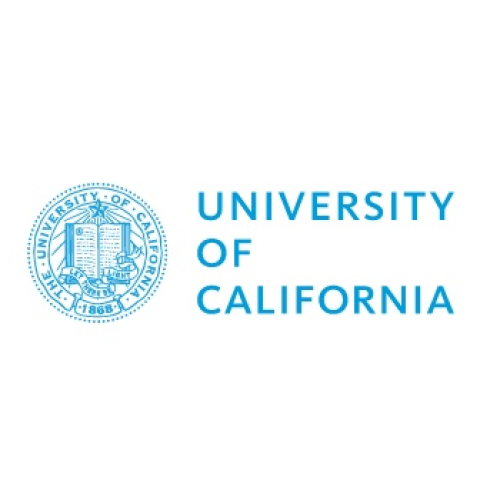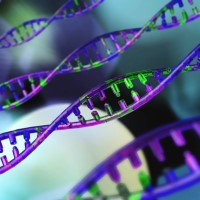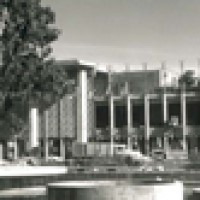The NCI chose the Pacific Health Research Institute to undertake the ‘Breast Cancer Detection and Demonstration Project’
In 1974, the National Cancer Institute (NCI) chose the Pacific Health Research Institute (PHRI) to undertake the ‘Breast…

In 1974, the National Cancer Institute (NCI) chose the Pacific Health Research Institute (PHRI) to undertake the ‘Breast…

In 1974, Frank Dixon was appointed director of the Scripps Clinic and Research Foundation’s biomedical research operations as…

In 1973, the Norris Cancer Center was designated a National Cancer Institute (NCI) Comprehensive Cancer Center, one of…

In 1973, Stanford Medicine researchers demonstrated the first expression of a foreign gene implanted in bacteria by recombinant…

In 1973, the University of California, San Diego Regional Burn Center opened, serving San Diego and Imperial counties….

In 1973, the Norris Comprehensive Cancer Center, now the University of Southern California Kenneth Norris Jr. Cancer Center…

In 1972 Stanford Medicine researchers first constructed a recombinant DNA molecule containing DNA from two different species.

On Jan. 6, 1971, research scientists at the University of California Medical Center announced they had synthesized the…

In 1971, G. Denman Hammond, M.D., a renowned pediatric oncologist at Childrens Hospital Los Angeles and leader in…

In 1971, Stanford Hospital staffers tried a novel approach to provide aid for stroke victims. By writing the…

In 1971, Stanford Medicine researchers discovered RNA priming of DNA synthesis.

In 1971, Stanford Medicine hosted the first multicenter trial to demonstrate that lowering cholesterol levels prevents heart disease.

In 1971, Paul Berg of Stanford University spliced the DNA of viruses into the first recombinant molecules. Bergメs…

On Apr. 22, 1970, the first Earth Day was held and the modern environmental movement was born. A…

in 1970, Stanford Research Institute became independent of Stanford University. Stanford Research Institute, now known as the SRI…

In 1970, immunologist Frank Dixon was appointed chair of the biomedical research operations at the Scripps Clinic and…

In 1970, the first oncogene termed src was discovered in a chicken retrovirus. Dr. G. Steve Martin at…

In 1970, in an effort to help new mothers rest and become acquainted with handling their infants, Stanford…

On Oct. 3, 1969, a proposal to establish “Earth Day” was submitted by John McConnell to Peter Tamaris…

In 1969, the American Chemical Society awarded The Priestley Medal to Kenneth S. Pitzer “to recognize distinguished services…

In 1969, Max Delbruck of the California Institute of Technology was awarded the 1969 Nobel Prize in Physiology…

In 1968, Stanford Medicine researchers discovered that insulin resistance is the principal physiologic characteristic of mild type-II diabetes…

In 1968, University of California, San Diego Medical Center surgeons performed the region’s first kidney transplant.

In 1967, the construction of the Salk Institute for Biological Studies was completed. the original Institute buildings were…

In 1967, Stanford Medicine researchers become the first to synthesize biologically active DNA in test tube.

In 1967, UC San Diego began operating モUniversity Hospitalヤ as its primary clinical teaching facility.

In 1965, Stanford Medicine developed a technique for extracting anti-hemophilic globulin, the blood fraction needed to prevent bleeding…

In 1964, Stanford Medicine achieved the first successful clinical application of laser photocoagulation to treat detached retina (retinal).

In 1963, the first biomedical and environmental research program began at Livermore. John Gofman, a distinguished professor at…

In 1962, the American Chemical Society awarded the Priestley Medal Joel H. Hildebrand “to recognize distinguished services to…